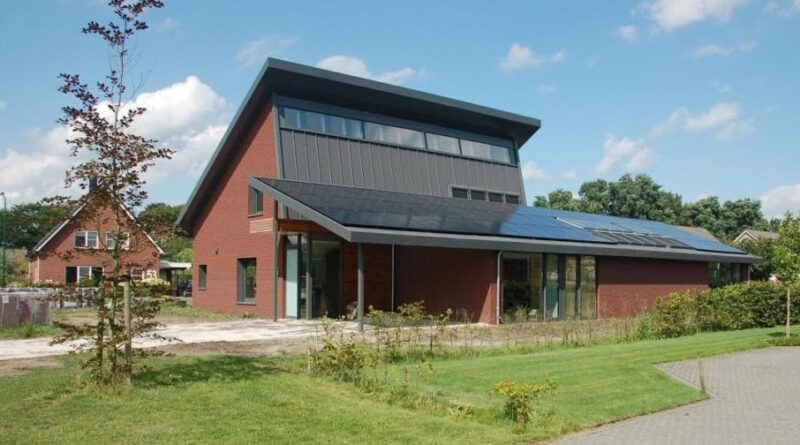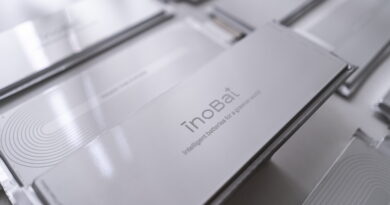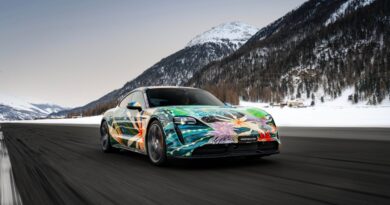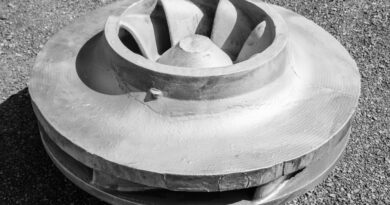STEEL: House of Tomorrow Today delivers comfort and sustainability
An experimental home in the Netherlands is providing powerful insights into the principles of sustainable design through the cold-formed steel frame that sits at its core.
In the small village of Sterksel, 20km south of the Dutch city of Eindhoven, stands the House of Tomorrow Today (HoTT).
So-called through its use of today’s technology to realise sustainable principles for the future, the house was developed by Jos Lichtenberg. A professor of product development at the Eindhoven University of Technology, he has also worked on the development of fuel cells for space shuttles.
The steel-framed HoTT was built to be both his future home and as a living experiment to test the potential of two promising principles in sustainable design – Active House and the Dutch concept of Slimbouwen.
In Dutch, slim means both ‘lean’ and ‘smart’, while bouwen means ‘to build’. The Active House principle, meanwhile, is that comfort, energy performance and environmental impact are three essential elements that must be given equal consideration in new buildings.
Steel plays a crucial role within Active House by providing uniquely sustainable strength and flexibility of design.
The principles of Slimbouwen underpinned a design that used 50% less construction materials, all of which were produced within a 200km radius of the house itself. Here steel’s strength, ductility and recyclability play key roles.
STEEL HELPS DELIVER SUPERIOR THERMAL PERFORMANCE
The main structure of the House of Tomorrow Today is comprised of a cold-formed steel (CFS) frame, combined with large, prefabricated, double-shelled and lightweight dry wall, floor and roof elements.
CFS is a logical choice for sustainable construction projects such as this, where minimising carbon emissions and waste is essential. Using prefabricated steel for the structure also reduces build time, ensures scalability and allowed a design that can be fully reassembled and reused following its end-of-use phase.
CFS affords excellent thermal performance, helping to minimise heat loss and reduce the need for expensive insulation. It is also very long lasting, yields little waste, and is 100% recyclable and reusable.
ENERGY, ENVIRONMENT AND COMFORT – IN EQUAL MEASURE
The House of Tomorrow Today also includes a number of additional features that aim to improve comfort and energy performance and minimise environmental impact.
Enhanced insulation with high-performance double and triple glazing, and solar controlled and insulating spacers. There are also 95m2 of photovoltaic panels on the south-facing roof, providing 15,000kWh each year. This is enough to meet the building’s heating and cooling demands, power domestic electrical devices and lighting, and also provide energy for an electric vehicle charging station.
With all these carefully balanced inputs and outputs the HoTT relies on a home automation system that operates its various components, including the hybrid natural ventilation system and automated opening and closing for the triple glazed roof windows.
Six solar collectors also produce hot running water, an air-to-water heat pump feeds a floor heating/cooling system and to reduce drafts and energy consumption, the house is also airtight and blower door tested. Here again, steel segments that can be prefabricated with extreme precision underpin this design.
Each of these elements is crucial in ensuring that the property is comfortable to live in while also achieving its sustainability objectives.
For example, due to the large number of roof windows, the property would become uncomfortably warm on the hottest summer days without the floor cooling system, which helps ensure that the temperature indoors does not exceed 27°C.
WHAT NEXT FOR THE HOTT?
One of the ambitions established at the outset of the House of Tomorrow Today project was to deliver an energy surplus.
Since its completion in 2014, the HoTT has been constantly evaluated using data-gathering sensors. This data shows that once domestic use, hot water, heating and cooling requirements have been accounted for, the HoTT delivers a surplus of 6,000kWh.
The building’s photovoltaics allow more electricity to be generated than is used during the summer and this overproduction is then supplied to the power grid. Despite drawing electricity from the grid during the less sunny winter months, the HoTT’s surplus is still enough to power an electric vehicle for up to 40,000kms annually.
It is hoped that the insights will help when developing and improving future HoTT buildings, which will include not only houses, but also schools, hospitals and other municipal buildings.
Whatever the findings, the unique qualities of steel ensure that it will remain a crucial element of the next wave of sustainable construction projects.




